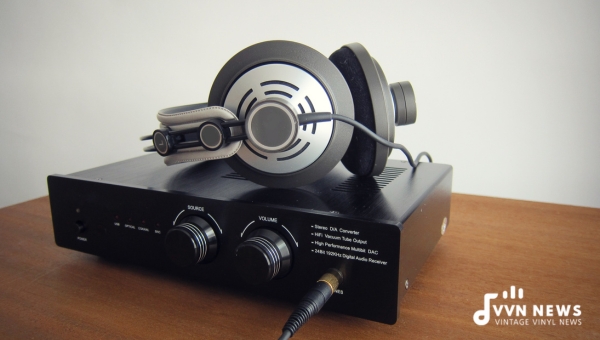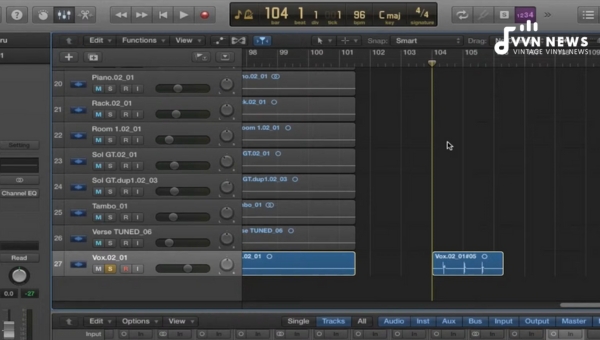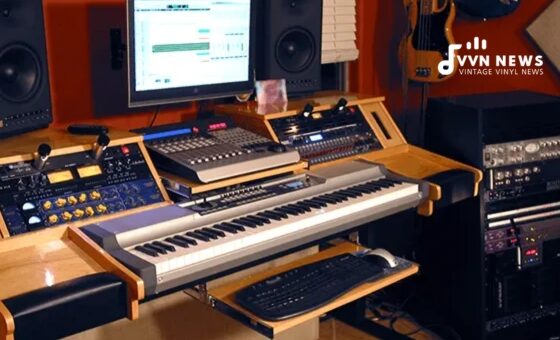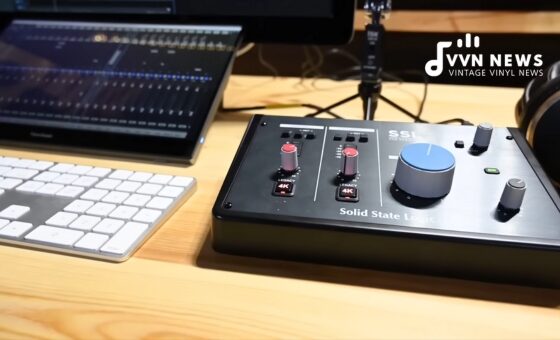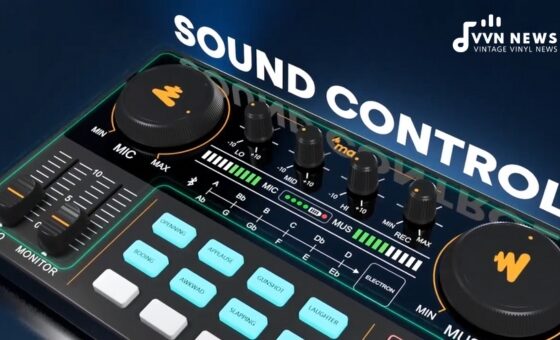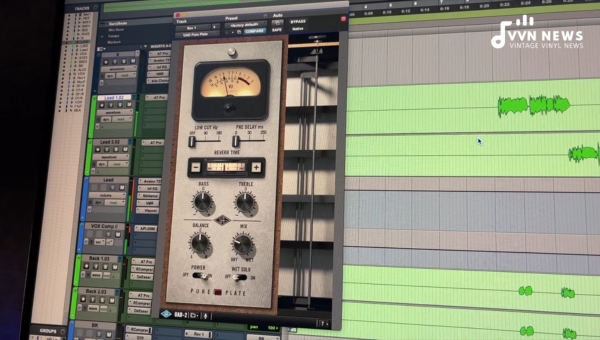Whether you’re an audiophile, a recording artist, or someone who loves to unwind with their favorite tunes, you’ve likely stumbled upon the term “headphone amplifier.”
When I first caught wind of this intriguing device, my curiosity was piqued and compelled me to dig deeper. After an extensive dive into the beautiful audio world, I can proudly share with you guys – what is a headphone amplifier?
As its name suggests, a headphone amplifier amplifies your headphones’ low-voltage audio signals.
This quiet yet powerful technology can drastically enhance the sound quality of your favorite songs or podcasts.
Before you dismiss it as an unnecessary luxury item in your audio setup, let’s better understand what makes a headphone amplifier such a game-changer in audio enjoyment.
What is a Headphone Amplifier?
A headphone amplifier is a dedicated standalone unit that can enhance and improve headphones’ audio quality. It increases the power level of audio signals, enabling headphones to deliver high-quality and louder sound.
Headphone amplifiers are typically used by audiophiles and professionals who need the best sound quality possible from their headphones.
Their use can be essential for high-end or high-impedance headphones, which everyday devices may struggle to drive effectively.
Why You Need a Headphone Amplifier
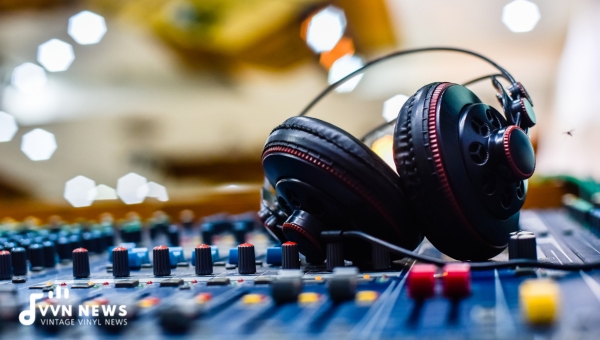
The need for a headphone amplifier can vary based on your audio set-up, personal tastes, and the type of headphones you use.
Beyond enhancing the listening experience, specific practical reasons exist for considering investing in this device.
Using Higher-End Headphones
Higher-end, audiophile-standard headphones usually require additional power to perform optimally, which other devices are not structured to provide.
Here’s where a headphone amplifier comes into play.
A headphone amplifier caters specifically to these power-hungry headphones, giving them the boost they need to deliver their peak audio performance.
High-Impedance
Impedance refers to opposition to the flow of electric current, resulting in energy loss. Headphones can vary in impedance levels – low (less than 50 Ohms) and high (over 50 Ohms).
High-impedance headphones usually offer better sound quality but require more power than a standard audio source.
A headphone amplifier cleanly drives high-impedance headphones with greater power, allowing you to experience audio as intended by the producers without any distortion.
Headphone Volume Control:
Even if your device reaches your required volume level, pushing it to its upper limits regularly will strain and possibly damage it over time.
It isn’t good practice either because this often results in poor sound quality. A headphone amplifier allows you to raise the volume significantly while reducing signal distortion massively.
This device dramatically improves your listening experience by enabling you to tweak volume levels without compromising sound quality.
Sound Quality
The key selling point of any headphone amplifier is improved and enhanced sound quality – it makes your music sound fuller, richer, and better separated.
It tends to draw out more detail from your music – nuances freshly pronounced or aspects previously unnoticed become more apparent when using an amp.
Moreover, if we talk about dynamics – the variation between loud and soft sounds in music – a headphone amp helps improve this, too, as it provides adequate power at every volume level, retaining clarity at all times.
While you might not need a headphone amp, having one significantly enhances music playback’s overall fidelity, especially when paired with high-quality headphones or IEMs (In-Ear Monitors).
For those who take their listening seriously or love an immersive auditory experience – an investment in a good quality headphone amplifier would pay dividends on that front!
Also Read: Open Back Vs Closed Back Headphones 2025 [Which One Is Best]
Different Types of Headphone Amplifiers
Understanding the types of headphone amplifiers is crucial to choosing the one that best suits your audio needs and preferences.
So, let’s delve into exploring the different kinds of headphone amplifiers and their unique characteristics.
Tube Amplifiers
Audiophiles often praise tube amplifiers or valve amplifiers for their warm and rich sound output.
Characterized by their nostalgic design featuring glowing vacuum tubes, these amplifiers apply thermionic emissions to amplify your audio signals.
While they may lack certain technical specifications such as speed and precision, they stand out because of their superior ability to render smooth highs and emphasize musical nuances often described as “liquidity.”
It’s worth noting that tube amps demand more maintenance due to their limited lifespan.
Solid-State Amplifiers
Unlike tube amps, solid-state amps utilize semiconductors (transistors or integrated circuits) to boost audio signals.
They’re admired for detailed sound reproduction, durability, and less demanding upkeep needs.
These amps deliver a more powerful punch while rendering neutral sonic characteristics.
Solid-state amps are a splendid choice if you prioritize durability and practicality without sacrificing good audio quality.
Hybrid Amplifiers
Are you eager to get the best of both worlds in tube and solid-state technology?
Then you might love hybrid amplifiers – engineered with an ingenious blend of both technologies.
Here’s how it works: the audio signal first goes through the tube stage, primarily allowing you to enjoy that sought-after “tube sound,” followed by solid-state transistors handling power amplification duties.
Thanks to this perfect marriage of designs, listeners can benefit from the lushness of tubes coupled with solid-state reliability.
Other Types
Additionally, more specific types of headphone amps like streaming amplifiers, computer audio-only amps, or ones with multiple audio inputs have also gained substantial ground recently due to catered design for today’s varying digital needs.
- Streaming Amplifier: As music streaming becomes ubiquitous in this internet age, some amps are built-in with streaming capabilities, simplifying your digital music needs as devices like computers or smartphones output digital signals directly to the amp.
- Computer Audio Only: If you use computer-based playback systems for music listening extensively, then a computer audio-only amp might be just what you need! These amplifiers are designed for desktop usage, boasting excellent quality conversion from a PC’s USB or optical output.
- Multiple Audio Inputs: This category boasts versatile input options allowing both analog (like phono inputs for vinyl) & numerous digital sources, ensuring that no matter where your music comes from – these types will handle it beautifully.
- Analog Amplifier: For those favoring traditional setups without all the digital complications – an Analog amplifier is your go-to device operating only via analog signals for pure, unadulterated sound enjoyment.
Each amplifier type has its distinct offerings catering to varied listener preferences & needs, ensuring there is something out there waiting for you!
It all boils down to your taste in music listening & requirements, making this journey towards a pristine sonic experience truly personalized & unique.
Also Read: Studio Headphones Vs Studio Monitors 2025 [Mixing With Both]
How Does a Headphone Amplifier Work?
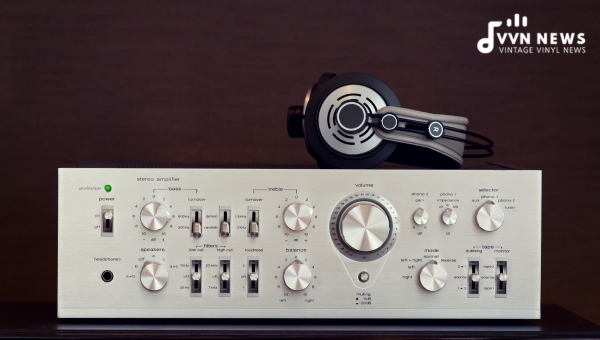
A headphone amplifier operates much like its counterpart, the conventional power amplifier.
The main difference lies in the equipment size they’re expected to drive (speakers vs. headphones) and, hence, the necessary power output.
Let’s take a closer look at how these intriguing devices work.
- Signal Reception: The headphone amplifier begins by accepting a low-voltage audio signal from a source device (for instance, a media player or audio interface). This raw, unamplified signal usually passes through an auxiliary cable or standard audio output/input connections.
- Amplification: Following signal reception, the headphone amp increases or ‘amplifies’ this input signal, effectively boosting its power. How much it enhances this signal hinges upon both your source device and headphones’ electrical specifications, particularly voltage and impedance.
- Output Delivery: Lastly, once intensified appropriately, the amplified sound signal is dispatched to your headphones via an output port – ready for conversion to audible sound.
From their unique operational process, headphone amplifiers offer more than just raising volume levels; they provide an improved listening experience by offering superior control over sound quality.
Decoration of music details, depth creation, and elimination of noise distortions are some laudable attributes that set them apart from standard audio setups.
Pros and Cons of Using a Headphone Amplifier
Before you take the leap and invest in a headphone amplifier, you must weigh its pros and cons.
Pros
- Enhanced Audio Quality: The most significant advantage is the dramatic improvement in sound quality. A headphone amplifier ensures that the audio signal reaching your headphones is strong enough to replicate your music’s intricate details and nuances with incredible precision.
- Improved Soundstage: Headphone amplifiers add an extra dimension to your listening experience by enlarging the soundstage. Imagine distinctly placing each instrument in an orchestra while sitting at home — that’s what an excellent headphone amp can do.
- Increased Volume Levels: If you often find yourself cranking up the volume on your device but still not getting adequate loudness, a headphone amplifier can help by providing a substantial boost in volume.
- Compatibility with High-End Headphones: Many high-end, audiophile-grade headphones require more power than a typical smartphone or MP3 player can supply. In these cases, a headphone amplifier becomes essential to unlock their potential fully.
Cons
- Cost Factor: While entry-level amps are affordable, high-end models can be quite expensive. This expense may be justifiable for audiophiles striving for unparalleled listening experiences; for casual listeners, perhaps not so much.
- Portability Concerns: Although portable models are available, many headphone amps are designed to remain at home in a steady setup due to their size and weight – they aren’t precisely pocket-friendly.
- Complicated Setup: For those new to the audio world, setting up an amplifier might feel daunting since it adds one more piece of hardware to your audio chain and requires careful configuration.
- Potential for Hearing Damage: More power also means a higher potential for hearing damage if not used responsibly, so keep your volume safe!
Whether or not you should get a headphone amplifier depends mainly on what you want from your listening experience and how much you’re willing to invest (both time and money) into achieving that sublime sonic experience.
Best Headphone Amplifiers
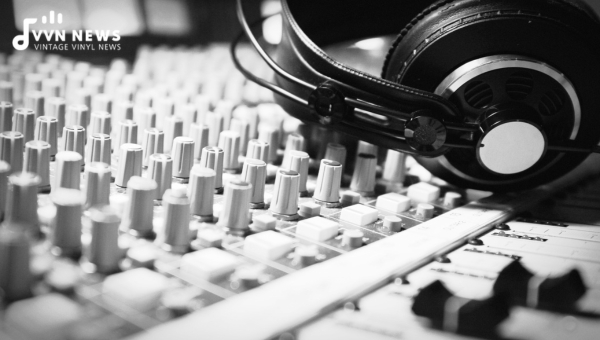
Countless headphone amplifiers are available on the market today, each with unique features and specifications.
However, after extensive research and testing, I’ve narrowed the field to these excellent options.
Linear Tube Audio microZOTL MZ3
The Linear Tube Audio microZOTL MZ3 is not merely just a headphone amp. It’s a power amplifier, preamp, integrated amplifier – all rolled into one.
Encased within a compact design, this robust audio tech delivers an immaculate, lifelike soundstage that engages your senses entirely.
Pros:
- Remarkable sound accuracy
- It can be used for multiple purposes
- Gorgeous aesthetic design
Cons:
- Comes with a hefty price tag
Monoprice Monolith Liquid Platinum
The Monoprice Monolith Liquid Platinum is worth considering due to its fantastic value proposition.
Created by the revered audio engineer Alex Cavalli, it combines excellent build quality and performance while maintaining affordability.
Pros:
- Balanced inputs and outputs
- Detailed and open soundstage
- Excellent value for money
Cons:
- Limited power output
Rupert Neve Designs RNHP
Rupert Neve Designs RNHP is an audiophile-grade headphone amplifier renowned for its consistent, clean power delivery.
This amp boasts a durable design while providing accurate sound quality – setting it apart in the market.
Pros:
- Accurate sound reproduction
- Robust build quality
- Extremely consistent in performance
Cons:
- Lack of extra features such as EQ settings
FiiO K3
FiiO K3 is elegant yet scaled-down compared to other contenders. It punches well above its weight class in terms of functionality.
The meager price makes it one of my top recommendations for those new to amplifiers.
Pros:
- Affordable
- Compact size
- High-resolution audio support
Cons:
- Not suitable for high-impedance headphones
Schiit Audio Magni+
The name may be amusing, but Schiit Audio Magni+ deserves serious consideration.
Aptly self-proclaimed as ‘the only headphone amp you may ever need,’ this device offers high output power and low distortion at an attractive price point.
Pros:
- Economical
- Very high power handling
- Low distortion
Cons:
- It doesn’t support balanced input or output
Choosing the suitable headphone amplifier ultimately comes down to understanding your specific needs and budget.
All these models claim solid performances in their areas yet differ distinctly in capabilities and cost – so weigh your options cautiously before making your pick!
Also Read: Headroom In Audio Recording 2025 [What It Is & How To Create?]
FAQs About headphone amplifier
What is the main purpose of a headphone amplifier?
A headphone amplifier enhances the volume and improves the sound quality of audio played through headphones.
Is it necessary to have a headphone amplifier?
While not necessary, a headphone amplifier can significantly enhance your listening experience, particularly with high-impedance or high-quality headphones.
Are there different types of headphone amplifiers?
Yes, there are several types, including tube amplifiers, solid-state amplifiers, and hybrid amplifiers.
What are the pros and cons of using a headphone amplifier?
Pros include improved sound quality and volume. Cons might include added expense and potentially needing additional equipment, depending on your setup.
Which is the best headphone amplifier on the market?
This can vary depending on personal needs. However, popular choices include Linear Tube Audio microZOTL MZ3 and FiiO K3.
Conclusion
A headphone amplifier is a worthwhile addition to your audio setup if you value crystal-clear, high-quality sound.
It takes your music listening experience to another level, offering rich details, extended frequency response, and improved performance.
Although it might not be necessary for all types of headphones, especially entry-level models or pairs with low impedance ratings, for high-end headphones, it can make all the difference.
So invest in one if you’re looking to enhance your daily dose of auditory delight. Remember to select one that suits your needs and headphone specifications for the best results.
